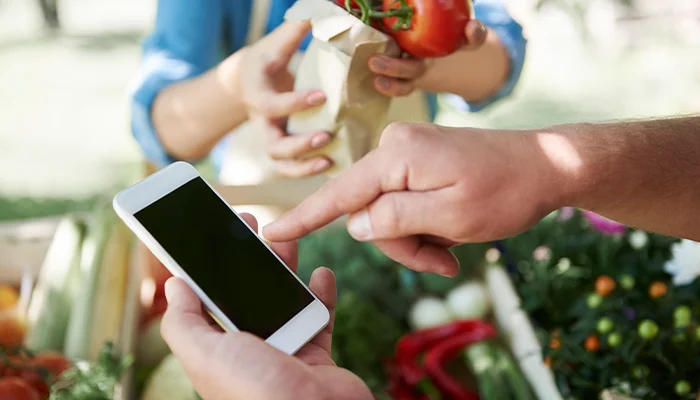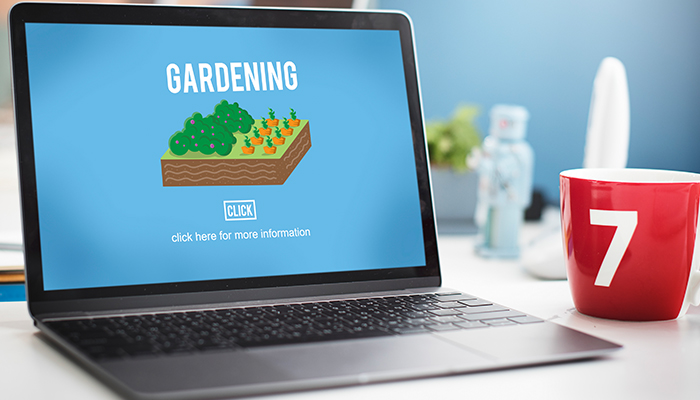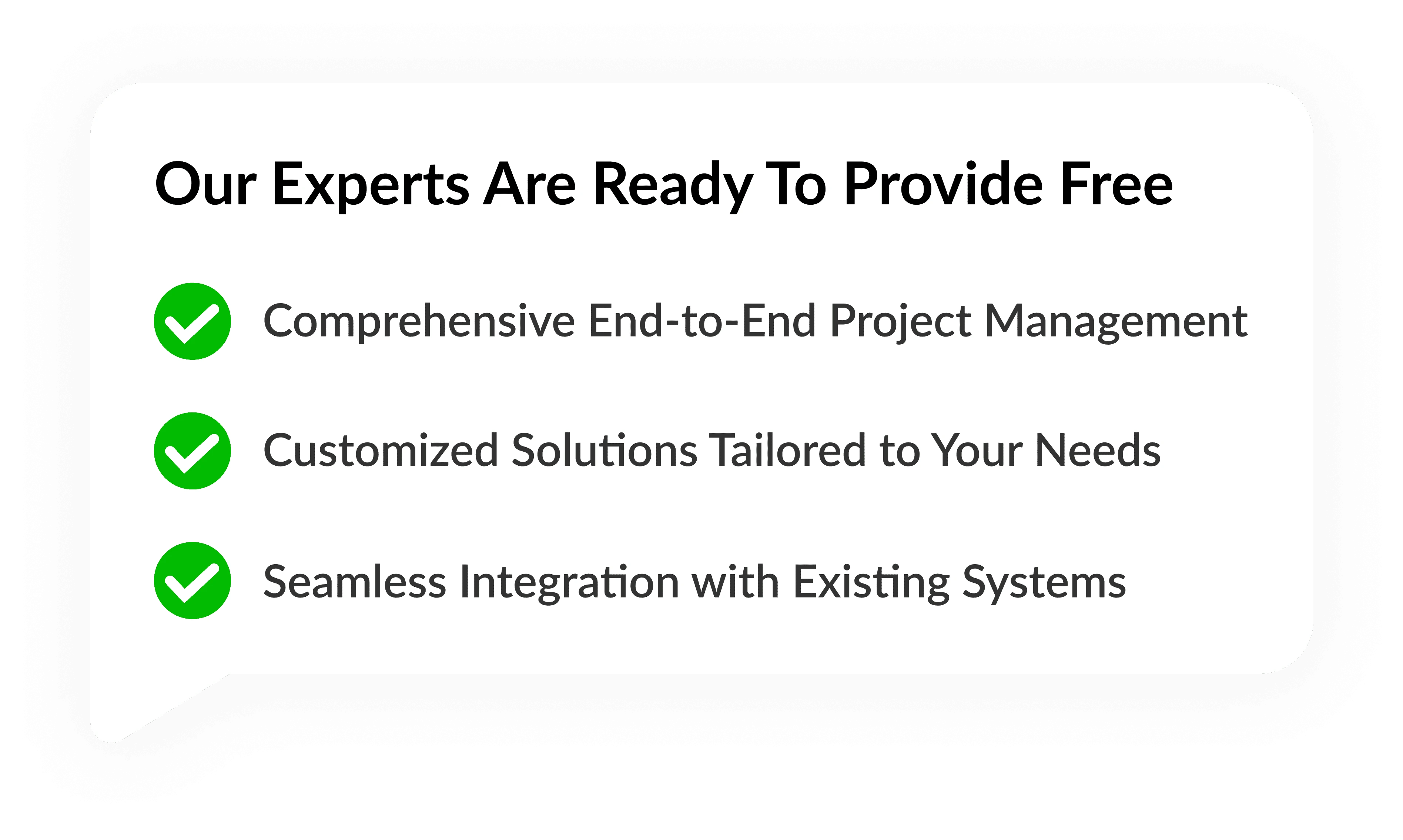2024 Cost to Build an Agriculture App Apps?

FEB, 14, 2024 14:00 PM
2024 Cost to Build an Agriculture App
For a long time, farming has been a popular activity. The past century has seen a lot of renovation, especially in the last few decades. The farming industry is no longer considered conservative or traditional.
Modern farming is innovative and technologically advanced. It was difficult to imagine a few decades ago that mobile technology would be used in farming. But it's now a fact. Mobile-agricultural apps will improve the lives of many farmers. It takes a lot of research to create an app. Today we will cover the building, types of agricultural apps, and cost of building an agriculture app.
Farmers are already adopting new technology and expanding their operations. According to Zion Research, the smart agriculture industry worldwide will grow from $5 billion to $15 billion by 2025.
Moreover, the demand for mobile application development businesses is increasing as they provide farmers with a simple way to manage their fields through strong agriculture applications. These applications can be used by farmers to find out about soil and crop health, weather forecasts, and insect control.
Types of Agricultural Apps
Technology has become a part of almost all aspects of agriculture, from planting crops to selling them to consumers. These farming applications can help farmers grow crops, care for them, calculate environmental impact, and monitor other areas of their farm, like animals.
App for weather forecasting
The weather has a major impact on agricultural productivity. Weather forecasting applications can help farmers plan planting, irrigation, and harvesting schedules.
These applications provide farmers with information on temperature, rainfall, humidity, and wind speed based on real-time forecasts and meteorological data. Three popular applications for weather forecasting are AccuWeather, Weather Underground, and The Weather Channel.
Cattle management app
Cattle management software is aimed at cattle ranchers. These applications can be used by farmers to monitor their feed and water consumption, assess the health of their herds, and control breeding schedules.
App for GPS tracking
GPS tracking apps are used by farmers to track farm equipment and vehicles. These apps use GPS technology to provide real-time information about tractors, combiners, and other agricultural machinery. This allows farmers to optimise their operations and reduce downtime.
Grain elevator app
Grain elevator apps allow farmers to monitor prices and manage their grain inventory in real-time. These apps let farmers check market prices, manage contracts, and track grain elevator deliveries.
App development for agriculture: must-have features

Mobile agriculture has expanded to previously unexplored fields. App development for agriculture helps farmers and agriculture businesses expand and boost their production to reach a wider market.
Check out some of the features you should include when building an agricultural app.
Location-based services and GPS tracking
Without a map, it's hard to imagine farming software. Farmers can use mapping to access location-based features, such as drone investigations and local weather forecasts.
Location-based services can also help divide a field into polygons, so each can be examined independently. They may even pinpoint areas that need special attention. Maps can be used by farmers to locate specialty crops, pesticide application services, and other resources.
Weather Analysis
The development of agricultural apps is heavily reliant on forecasting. Apps with these features will allow farmers to better predict weather conditions and the viability of crops, so they can take precautions to protect their crops.
Crops and agricultural products listing
Some applications act as markets for agricultural goods such as seeds, insecticides, and machinery. Agricultural marketplaces can help farmers find the best deals by connecting customers, dealers, and producers. The app's listings include a description and photo of the product, along with delivery times and other information.
Steps to Create an Agriculture App
The entire development process of crop farming software requires careful consideration. We have compiled all the stages in one place to provide advice on developing farm apps.
It is time-consuming and requires meticulous preparation to create an agribusiness app. Consider these critical phases when developing a mobile app that is responsive for your agribusiness.
Ideation and Project Evaluation
To kick-start your project, you will need a small team led by a project manager. The team that will create a project plan should consist of a software architect, a few analysts, and some business analysts. Business analysts must collect and evaluate the functional requirements of your app.
The first step in creating agriculture apps is to brainstorm. This phase involves finding solutions for a wide range of problems. You may ask questions about the way you would like your agriculture apps to benefit farmers, as well as what region, country, or area you are targeting.
Business and Tech Specific Analysis
A business analyst is a technology expert who can find the best solution for a given situation. The business analyst's job usually results in a document called a technical specification. This is a detailed description of the development process that includes all the details, including features, deadlines, pricing, and team members.
Technical specifications provide guidelines to developers and assure clients that they will get exactly what they expect. If you are building an agriculture app, this phase is essential. It will help you create a farm application, control the process, and test your product.
Create a project plan
You are responsible for creating a successful project strategy to ensure the success of your agricultural app. Include in your project plan the MVP, its future tasks, dependencies, and timeline, as well as the budget. Examine metrics such as quality standards, communication management, and stakeholder management.
Pre-development phase
The next step is for developers of agriculture apps to describe relevant back-end APIs and third-party services. They should also include cloud storage and other components of the app architecture.
Designers begin by creating wireframes and prototypes. They then design features, visuals, controls, etc. Developers should proceed cautiously and concentrate on creating a scalable foundation so it can be changed as necessary in the future.
Build and test the Agriculture App
The development of hybrid, native, and cross-platform apps requires the use of a variety of technologies and tools. Your app specification sheet acts as a base, making sure that no details are missed during development.
The testing is then continued by the crew of quality assurance once the modules are produced by programmers. This testing method helps app developers by allowing them to test multiple apps simultaneously and deal with complexity.
Launching and deploying the app
The rest of the globe will now discover your app. After your developers ensure that the app meets all criteria for app stores, you can launch it and start collecting data.
Your target market will determine the technique you choose to acquire new users. The best ways to reach farmers are through traditional marketing and digital marketing.
Post-launch Support
The development of agricultural applications doesn't end when they are deployed. It is impossible to maintain an application. As the world switches to new operating systems, there are always new technologies and frameworks. Your app needs to evolve.
You can also make minor changes to your project during the maintenance phase. It will ensure that your software is always up-to-date and offers the best value to your customers.
The right tech stack to develop agriculture apps
It is possible to create an agriculture app that is reliable and scalable by using different tools and technologies. One can also estimate the agriculture app development cost. You can contribute to the decision-making process by having a basic knowledge of the tech stack for mobile app development. Here are some of the technology stacks required to create an agriculture application.
The languages used for the creation of this application are Java, Kotlin, Swift, and Objective-C.
Three frameworks for developing mobile apps are React Native, Flutter, and Ionic Node. JavaScript, Ruby on Rails, and Django are all backend technologies that can be used to develop smart agricultural apps.
Cloud hosting services are available from Amazon Web Services, Google Cloud Platform, and Microsoft Azure.
MongoDB, PostgreSQL, and MySQL are all databases.
APIs include the OpenWeather API and the Google Maps API.
GPS, IoT, and Bluetooth sensors can be integrated.
To create an agricultural mobile app, you will need to use both the frontend and the backend programming languages, as well as relevant databases and APIs. The right firm is essential to helping you select the best technology mix.
In the Final Analysis
PerfectionGeeks can help you with agricultural app development. Several agricultural apps are available to help farmers get better results with less effort and work smarter. Mobile software is used in many ways in agriculture. However, in some cases, agricultural app development can be very beneficial.
PerfectionGeeks, a mobile app development company in the USA, offers a proven solution that will satisfy your unique business needs. Our team of developers will work with you to create a digital platform that allows you to earn money from clients and farmers in the agriculture industry.
We use cutting-edge technologies and best practices to create software that is safe, scalable, and user-friendly. We can use our expertise in app development to create a digital platform that will increase the efficiency and productivity of agricultural operations. This will allow you to earn more money from your customers.
Strategy
Design
Blockchain Solution
Development
Launching
Testing
Maintenance
Contact US!
India

Plot 378-379, Udyog Vihar Phase 4 Rd, near nokia building, Electronic City, Phase IV, Sector 19, Gurugram, Haryana 122015
Copyright © 2025 PerfectionGeeks Technologies | All Rights Reserved | Policy
Contact US!
India 
Plot 378-379, Udyog Vihar Phase 4 Rd, near nokia building, Electronic City, Phase IV, Sector 19, Gurugram, Haryana 122015
Copyright © 2025 PerfectionGeeks Technologies | All Rights Reserved | Policy





